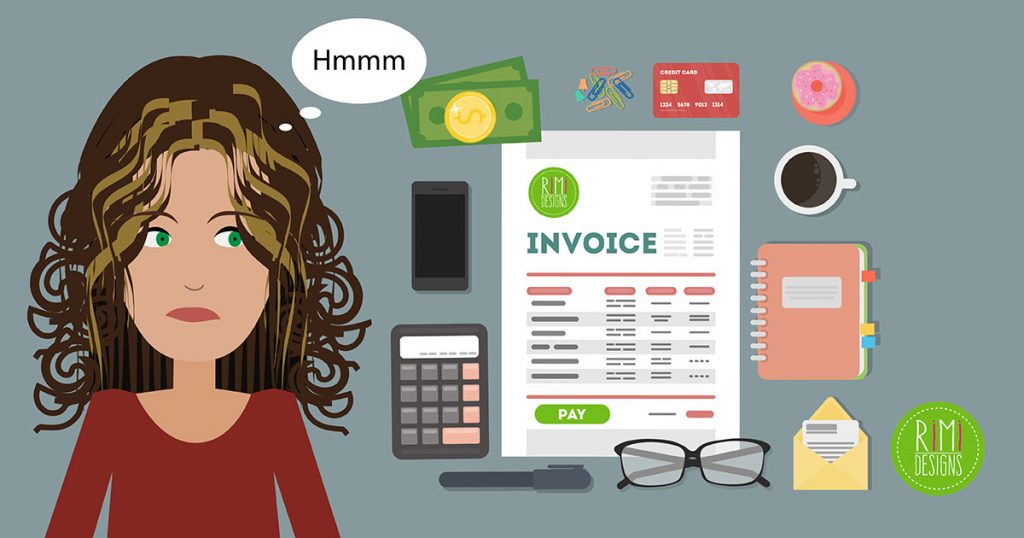
How Much to Charge Your Design Clients
A lot of people feel uncomfortable talking about money, even in those situations where they have every reason to, like getting paid for services rendered.
If you’re a freelancer, you’re working for yourself, which means you handle every aspect of the business and that includes setting your pay. You don’t want to drive people away by charging too much and yet you don’t want to go broke by charging too little.
Here’s a list of things to consider when you’re trying to figure out how much to charge a client.
Upfront deposit
Unless you know the person you’re working for, there’s always the chance that you may get stiffed on your pay.
Some designers and writers ask for a 50% deposit up front. In the world of freelance writing, some companies draw up a contract where you get one-third of your money when you sign the papers, another third when you deliver the first draft, and the last third when you submit the final draft.
Flat rate vs hourly rate
Do you do one rate fits all pricing or do you charge by the hour? While it’s certainly easier to just assign a flat rate to all projects, that’s not taking into account the possibility of having to do extra work. And let’s face it! Which is more likely to happen with a project? Does it ends up taking less time than expected or does it take more time?
How many hours will it take?
This requires a good knowledge of your own work habits. How long does it take you to design a logo or a website? Once you get a good grasp on your typical pace, you need to figure out how many hours you think the project will need.
Remember that you’re not only getting paid to use your talents, you’re also getting paid for the hours of your life you would otherwise be doing other things with. The hours that you work on the project are called “billable hours”, which is the time spent directly working on the project or meeting the client(s) about the specific project in question.
Does it require more than just design?
Whether you’re designing a website or creating a logo, you need to ascertain if the project will require more work than the simple act of creation.
Are you expected to visit the client for planning meetings or progress reports? Does the subject require extensive research? Do you need to track people down to get information? Who knows, perhaps you need to take a trip out to acquire specific tools for the job. You need to make sure that you have a good idea of just how much time, from start to finish, the project will take.
Do you give a break to loyal repeat clients?
Some designers give a break to regular clients, sort of a way to foster ongoing goodwill. Maybe you give them a price break, if they give a referral who then hires you. This is something you should nail down before you even charge your first client.
What forms of payment do you accept?
Every form of payment has its positives and negatives. If you accept cheques only, then you can deposit them with no worries about fees, but you’re also vulnerable to the old “cheque’s in the mail” dodge.
You can do PayPal, but the service does have its fee and it takes a few days to transfer the money from your PayPal account to your regular bank account. Maybe you accept all of them and hope for the best!
Whatever you do, don’t work for free because that sets a dangerous precedent.
SOURCE: Andy Sowards



